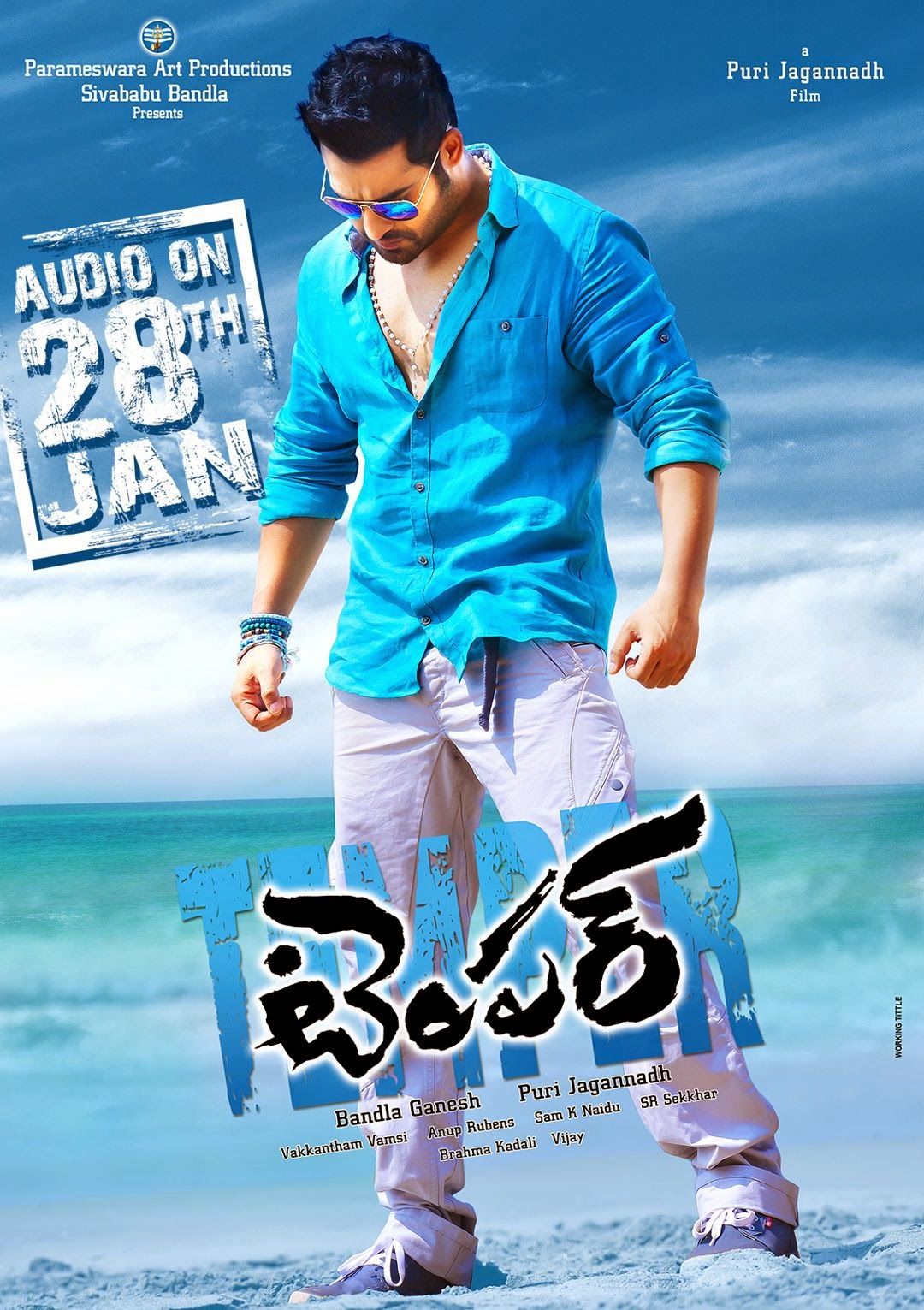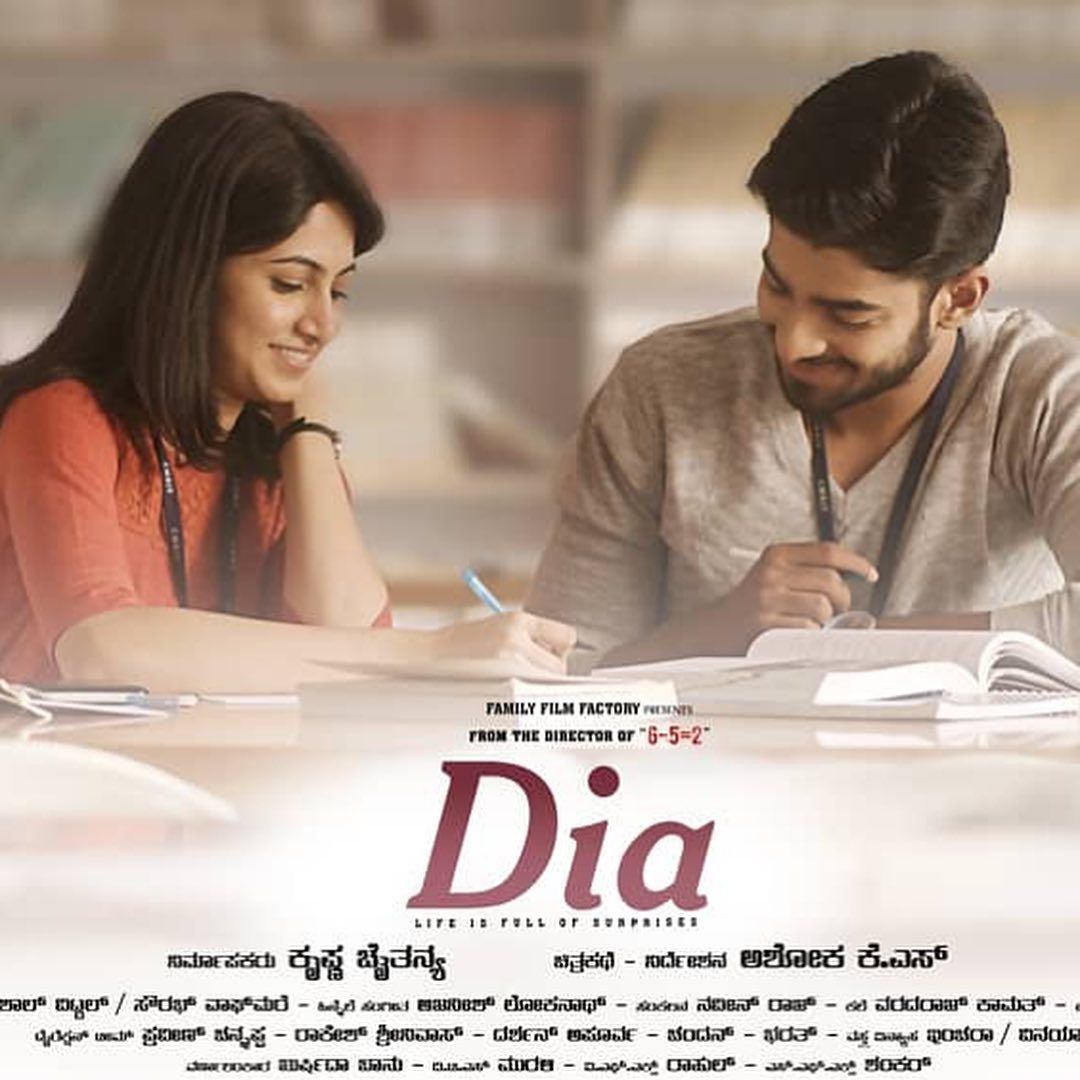Have you ever wondered what truly shapes the movies coming out of Karnataka? It's a fascinating question, that, especially when you consider the rich heritage of Kannada cinema. Many folks might think of "rules" as strict, written mandates, a bit like a rulebook you'd find for a board game. But when we talk about Kannada movies, the idea of "rules" is actually much more fluid, more about the spirit and the heart of the industry. It’s about the subtle currents that direct storytelling, the way performances unfold, and how films connect with the people who watch them. So, in some respects, it's less about a formal list and more about the deeply ingrained cultural and linguistic influences that make these films so special.
The Kannada language itself, you know, is a very old Dravidian language, spoken primarily in the beautiful state of Karnataka in southwestern India. It’s not just a means of communication; it's a vital part of identity for millions. Kannada was even officially designated a classical language of India in 2011, which is a pretty big deal. This deep linguistic and cultural root means that anything created within this space, including films, naturally carries a certain essence, a reflection of the land and its people. This intrinsic connection to the language and its heritage plays a huge part in how movies are conceived and brought to life.
Understanding these subtle influences is key to appreciating Kannada cinema. It’s about seeing how the language, its history, and the vibrant culture of Karnataka come together to create something unique. We're going to look at what guides the creative process, what audiences typically expect, and how the very fabric of the Kannada speaking world helps to define its cinematic output. It's really about exploring the unspoken agreements and shared values that shape the stories we see on screen, rather than any kind of rigid set of formal instructions.
Table of Contents
- The Soul of Kannada Cinema: Language and Identity
- Unwritten Guidelines: What Shapes Kannada Films?
- Audience Expectations and the Evolving Landscape
- Learning Kannada: A Path to Deeper Appreciation
- Frequently Asked Questions About Kannada Cinema
The Soul of Kannada Cinema: Language and Identity
Kannada: More Than Just Words
The Kannada language, you see, is far more than just a collection of sounds and symbols. It’s a vital part of the identity for the people of Karnataka, and it's also spoken by minority populations in neighboring states like Maharashtra, Tamil Nadu, Andhra Pradesh, and Goa. This widespread presence, yet deep roots in Karnataka, makes it a unique linguistic force. It is the official and administrative language of Karnataka, which, frankly, gives it a special standing. When films are made in Kannada, they carry this immense cultural weight and pride, influencing everything from dialogue nuances to character portrayal. The language itself becomes a character, in a way, shaping the narrative and emotional impact.
Being a member of the Dravidian language family, Kannada shares ancient linguistic connections that contribute to its distinct poetic and narrative qualities. This rich linguistic foundation often means that Kannada films tend to feature expressive dialogue and deeply rooted cultural references. It’s not just about telling a story; it’s about telling it in a way that resonates profoundly with the local audience, often drawing on local idioms and folk traditions. This connection is, very, very strong, and it's something filmmakers often consider when creating their work.
The script used for writing Kannada is also quite beautiful, and it's something that many people in Karnataka recognize instantly. This visual aspect of the language, combined with its classical status, gives Kannada cinema a certain dignity and historical depth. Filmmakers often feel a sense of responsibility to uphold the purity and beauty of the language in their productions. This isn't a written rule, of course, but it's a commonly felt expectation within the industry, ensuring that the language is presented with respect and accuracy on screen.
The Love for the Kannada Film Industry Music
It's interesting, isn't it, how the love for the Kannada film industry's music production, lyrics, and all that, truly enriches the cinematic experience? For many, the songs are just as important as the story itself. This deep affection for film music means that soundtracks are not merely background noise; they are integral to the movie's appeal and often tell a story of their own. The lyrics, often penned by talented poets, carry significant meaning and emotional weight, really connecting with listeners on a personal level. This focus on strong musical elements is a kind of unwritten "rule" in Kannada cinema, as a compelling soundtrack can often make or break a film's popularity.
This passion for music also means that filmmakers pay close attention to the quality of the songs and their placement within the narrative. A well-composed song can elevate a scene, convey complex emotions, or even become a cultural phenomenon outside the film. It's not just a playlist on YouTube; it's a testament to the industry's dedication to sound and lyrical artistry. This commitment to musical excellence is, you know, a distinguishing feature of many Kannada productions, and it’s something audiences definitely look forward to.
The melodies and rhythms often draw from traditional Karnataka folk music or classical Carnatic traditions, blending them with modern sounds to create something fresh yet familiar. This fusion helps to maintain a cultural connection while also appealing to contemporary tastes. The importance of music is so deeply ingrained that it influences casting choices, directorial decisions, and even promotional strategies. It's a fundamental aspect of how Kannada movies are made, and it’s a very strong indicator of what audiences value.
Unwritten Guidelines: What Shapes Kannada Films?
When we talk about "kannada movie rules," it's probably best to think about them as unwritten guidelines or common practices that have developed over time. These aren't formal decrees, but rather a collective understanding within the industry and among audiences about what constitutes a "good" or "appropriate" Kannada film. It’s a bit like how a community develops its own way of doing things, you know, based on shared values and experiences. These influences are often subtle, yet they profoundly shape the creative output.
Cultural Echoes and Storytelling
One of the most significant unwritten "rules" is the emphasis on cultural relevance and authenticity. Kannada films frequently aim to reflect the lives, traditions, and social issues pertinent to Karnataka. This means stories often feature local settings, traditional customs, and characters that feel genuinely rooted in the region. It's a way of celebrating the local identity and ensuring that the audience sees themselves and their experiences reflected on screen. This commitment to local flavor is, frankly, a cornerstone of many successful Kannada films.
Filmmakers often feel a responsibility to portray Karnataka's rich heritage with accuracy and respect. This might involve showcasing historical events, folk tales, or even the unique landscapes of the state. The narratives tend to be human-centric, focusing on relationships, family values, and community dynamics, which are deeply cherished in the culture. This focus on relatable human experiences, usually with a strong moral compass, is a characteristic many viewers expect. So, in a way, the culture itself dictates a lot of the storytelling choices.
There's also a tendency to weave in messages that resonate with societal values, whether it's about justice, integrity, or the importance of family bonds. While not every film adheres strictly to this, there's a general inclination towards narratives that offer some form of social commentary or upliftment. This isn't a hard and fast rule, but it's a noticeable pattern that speaks to the industry's connection with its audience's expectations. This approach, you know, helps films to feel meaningful beyond just entertainment.
Industry Practices and Creative Expression
Beyond cultural aspects, certain industry practices also act as de facto "rules." Like all Indian cinema, Kannada films are subject to the Central Board of Film Certification (CBFC), which provides guidelines on content, ensuring it aligns with national standards for public viewing. While these are national rules, their application in Karnataka can sometimes reflect local sensitivities or expectations, particularly regarding language and cultural representation. This means filmmakers are always mindful of these broader censorship guidelines, which shape the kind of content that can be publicly shown.
There's also a collaborative spirit within the Kannada film fraternity, where experience and mentorship play a big role. Younger filmmakers often learn from seasoned veterans, absorbing unwritten lessons about production management, storytelling techniques, and audience engagement. This informal transfer of knowledge helps to maintain a certain standard and continuity in the industry. It's a very organic way of passing down best practices, almost like an apprenticeship system, you could say.
The choice of themes and genres also tends to follow certain trends, though innovation is always welcome. For a long time, mythological, historical, and social dramas were very popular. More recently, thrillers, comedies, and experimental films have gained traction. While there's no rule dictating genre, producers and directors often consider what has worked well in the past and what audiences are currently interested in. This adaptability, you know, is a sign of a dynamic industry.
Technical Standards and Production Values
While specific technical "rules" for Kannada movies aren't published, there are certainly evolving expectations for production quality. Audiences, just like anywhere else, appreciate good cinematography, clear sound, and effective editing. As technology advances, the bar for visual and audio quality keeps rising, and Kannada filmmakers are generally keen to keep pace. This means investing in better equipment and skilled technicians to deliver a polished product. It’s a pretty common expectation across all film industries, really.
There's also an unwritten understanding about the importance of strong performances. Actors in Kannada cinema are often celebrated for their ability to convey complex emotions and embody their characters convincingly. Directors typically work closely with their cast to ensure authentic portrayals that resonate with the audience. This focus on performance quality is a key element that can elevate a film from good to truly memorable. It's about bringing the story to life through compelling acting, which, you know, is always appreciated.
The pacing and narrative structure also tend to follow certain conventions, though creative variations are common. Many films balance dramatic tension with moments of levity, and musical numbers are often integrated to enhance the emotional flow. This blend of elements is part of the unique cinematic language that has developed over decades. It's not a rigid rule, but rather a stylistic preference that has become somewhat characteristic of Kannada films. So, in a way, these are the unspoken agreements that guide the craft.
Audience Expectations and the Evolving Landscape
The audience plays a huge, perhaps even the biggest, role in shaping the unwritten "kannada movie rules." What viewers respond to, what they celebrate, and what they criticize all feed back into the creative process. It's a continuous conversation between filmmakers and their public. This dynamic interaction means that the industry is constantly adapting, trying to meet and even exceed the expectations of its loyal fan base. It's a very organic process, really, driven by what people want to see.
Connecting with Karnataka's Heartbeat
For many years, Kannada cinema has thrived by telling stories that connect deeply with the local population. This means understanding the cultural nuances, the local humor, and the specific aspirations of people in Karnataka. Films that genuinely reflect the "heartbeat" of the state, whether through celebrating its festivals, showcasing its landscapes, or addressing its social issues, tend to find a strong resonance. This local connection is, you know, a powerful driver for success.
There's also an expectation for films to offer a blend of entertainment and perhaps a little something more. While pure entertainment is always welcome, many viewers appreciate films that also carry a message, spark a conversation, or evoke strong emotions. This doesn't mean every film has to be a profound social commentary, but there's a general leaning towards stories that offer some depth. This balance is often what makes a film truly memorable for the audience, and it's a pretty consistent expectation.
The love for local stars also influences what gets made. Audiences often have favorite actors and directors, and their presence in a film can significantly boost its appeal. This creates a kind of feedback loop where popular figures tend to work on projects that align with audience expectations for their particular style or genre. It's a very human element of the industry, where personal connections and fan loyalty play a significant part in shaping production choices. So, in some respects, the stars themselves influence the "rules."
The Rise of New Voices and Global Reach
While tradition is important, the Kannada film industry is also, you know, embracing new voices and experimenting with different forms of storytelling. There's a growing trend of young filmmakers bringing fresh perspectives, exploring unconventional themes, and adopting modern cinematic techniques. This willingness to innovate is slowly expanding the definition of what a "Kannada movie" can be, pushing the boundaries of the unwritten "rules." This openness to change is very exciting for the future of the industry.
Furthermore, with the advent of streaming platforms and increased global exposure, Kannada films are reaching wider audiences than ever before. This global reach means that while local appeal remains paramount, there's also an increasing awareness of international cinematic standards and storytelling trends. This isn't necessarily creating new "rules," but it is broadening the scope of what is considered acceptable or even desirable in a Kannada film. It's a fascinating time for the industry, as it balances its roots with global aspirations.
This evolving landscape suggests that the "kannada movie rules" are not static; they are dynamic, adapting to changing tastes, technological advancements, and broader cultural shifts. The core, however, remains the deep connection to the Kannada language and the people of Karnataka. It's a living, breathing set of guidelines, shaped by a collective love for cinema and a desire to tell compelling stories that resonate. This constant evolution, you know, keeps the industry fresh and exciting.
Learning Kannada: A Path to Deeper Appreciation
For anyone truly wanting to appreciate the nuances of Kannada cinema, learning the language itself can be a very rewarding experience. When you understand Kannada, you can grasp the subtleties of the dialogue, the poetic depth of the lyrics, and the cultural references that might otherwise be missed. It's a bit like unlocking a secret door to a richer viewing experience. You can join us and learn Kannada online, for example, which is a great way to start. We help you learn Kannada through English, making it accessible for many.
Being able to read easy Kannada learning lessons for free can open up a whole new world of understanding. It allows you to connect directly with the heart of the stories, to feel the emotions conveyed by the actors, and to truly appreciate the artistry of the screenwriters and lyricists. The language, as we've seen, is so integral to the very essence of these films. So, in a way, learning Kannada is a direct path to understanding the unspoken "rules" of its cinema. You can learn more about Kannada language on our site, and delve deeper into Dravidian languages.
Frequently Asked Questions About Kannada Cinema
Here are some common questions people often have about Kannada movies:
Q: Are there official, published "kannada movie rules" that filmmakers must follow?
A: Not in the sense of a unique, specific rulebook for Kannada cinema. Filmmakers in Karnataka, like those across India, operate under the guidelines set by the Central Board of Film Certification (CBFC) for content and exhibition. Beyond that, the "rules" are more about unwritten industry practices, cultural expectations, and audience preferences that have developed over time. It's more about tradition and what resonates with the local audience, really.
Q: How does the Kannada language influence the types of stories told in its films?
A: The Kannada language, being a classical Dravidian language deeply rooted in Karnataka, profoundly influences storytelling. It encourages narratives that reflect local culture, traditions, and social issues. The lyrical quality of the language often leads to rich dialogue and poetic song lyrics. This emphasis on cultural authenticity and linguistic purity is a strong, unwritten guideline for many filmmakers, ensuring stories connect genuinely with the regional audience.
Q: What are some common themes or characteristics found in Kannada movies?
A: Kannada movies often feature themes of family values, social justice, historical events, and local folklore. There's a strong emphasis on human relationships and community. Musically, songs are very important, often blending traditional sounds with modern styles. While genres vary, many films aim for a balance of entertainment with a meaningful message, reflecting the cultural fabric of Karnataka. It's a pretty diverse industry, but these elements often surface.



Detail Author:
- Name : Winnifred Pagac
- Username : kiehn.maxie
- Email : ctillman@hotmail.com
- Birthdate : 2002-03-08
- Address : 953 Frida Shoal Eladiostad, TN 01043-4868
- Phone : +1 (806) 530-5402
- Company : Mohr and Sons
- Job : Materials Scientist
- Bio : Nesciunt rerum eveniet nobis id et quis. Nobis suscipit corporis ullam ipsum commodi repellat. Dicta facere doloribus illum exercitationem vel quisquam aliquam.
Socials
instagram:
- url : https://instagram.com/tbeer
- username : tbeer
- bio : Neque accusamus animi est eaque. Iusto iusto aut quia voluptatem.
- followers : 2669
- following : 1595
twitter:
- url : https://twitter.com/tbeer
- username : tbeer
- bio : Aut illo corporis eligendi excepturi mollitia voluptas est totam. Quia modi voluptas et ipsam aut aspernatur voluptas. Iure porro autem laudantium asperiores.
- followers : 3135
- following : 2021
linkedin:
- url : https://linkedin.com/in/thea9123
- username : thea9123
- bio : Eum recusandae quo ea atque suscipit vel.
- followers : 911
- following : 2764

